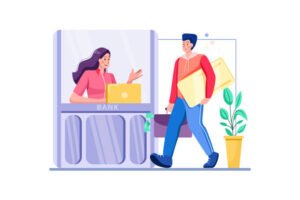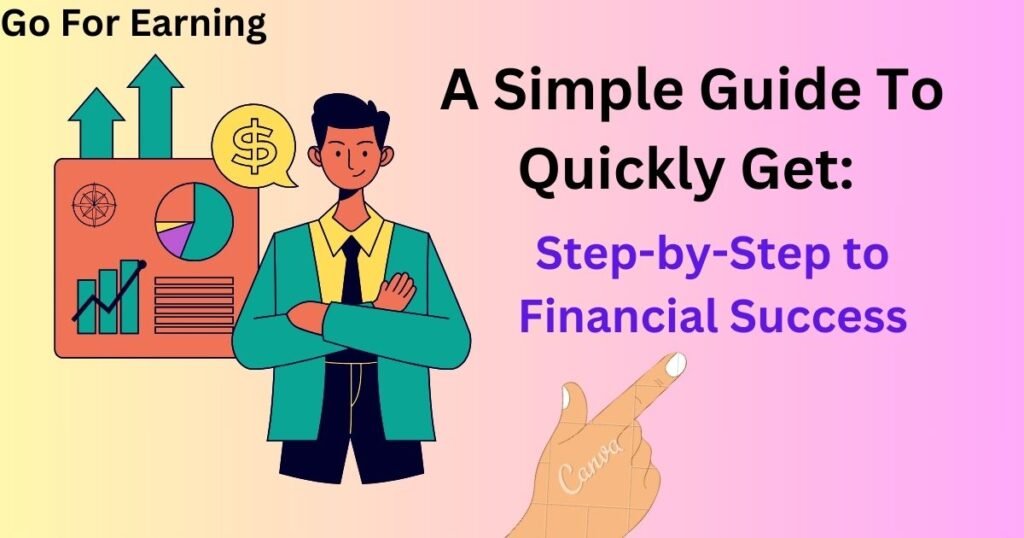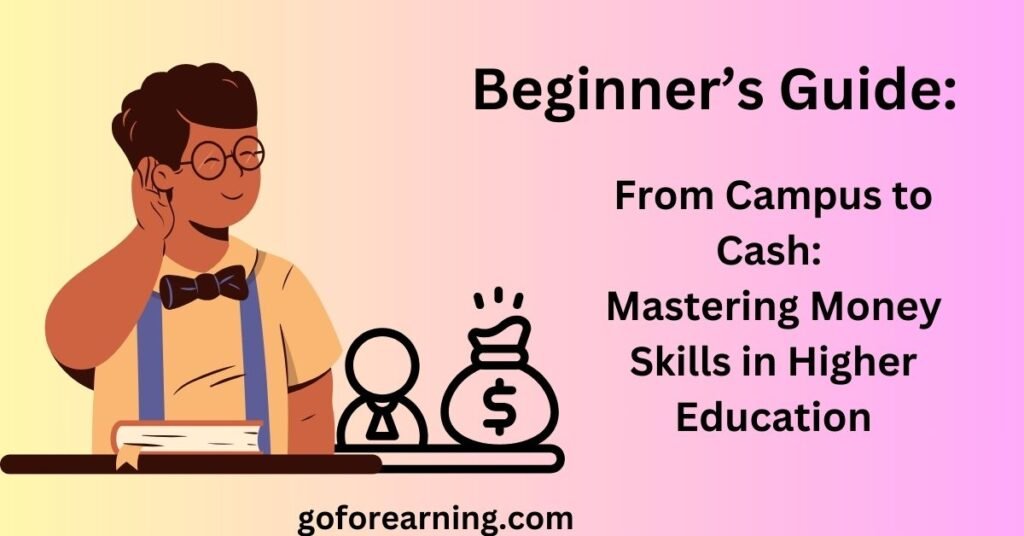A student loan debt relief plan is usually a group of steps or rules that are meant to help people deal with or lessen the weight of their student loan debt. Some common things that might be in this kind of plan are listed below:
Plans for debt repayment based on income

Growth and Simplification
Make income-driven payback plans more widely available so that more creditors can use them. Make the entry process easier to get more people to apply.
Payment Caps
Set limits on monthly payments based on a person’s personal income. This will make sure that payments are still reasonable, especially for people with lower incomes.
Loan Forgiveness Programs

Public Service Loan Forgiveness (PSLF)
Make PSLF stronger and more well-known. After a certain number of on-time payments, students working in suitable public service jobs can get their leftover debt forgiven.
Targeted Industry Forgiveness
Set up forgiveness programs for certain businesses that are having trouble finding workers or that are good for society as a whole, like healthcare, education, or green energy.
Lowering interest rates

Changing the law
Think about making changes to the law that would allow interest rates on current loans to be lowered. Talk to loan servicers about lowering interest rates on their own to help borrowers right away.
Loan Refinancing Options

Government-Sponsored Refinancing
Make or improve programs backed by the government that let people refinance their loans at lower interest rates, possibly by tying rates to the state of the market.
Private Refinancing Support
Make it easier for private lenders to work together with the government to offer cheap refinancing choices while protecting consumers.
Cancellation or discharge of debt
Relief for bogus Institutions
Set up ways to find and help people who went to institutions that did bogus things. This could mean that people who are harmed get some or all of their debt forgiven.
Education and Counseling Services

Required Loan guidance
All borrowers should be required to get full loan counseling at key points, like before they take out a loan, while they are in school, and before they start paying it back.
Online Resources
Create and promote online tools and resources that can help users understand the terms of their loans, their choices for paying them back, and how to plan their finances.
Automatic Income-Based registration
Simplified Processes
Work with loan servicers to make it easier for qualified borrowers to join income-based payback plans by automating the registration process. This will lower the hurdles to entry and raise the participation rate.
Default Prevention Programs
Early Warning Systems
Set up ways to find borrowers who might not be able to pay back their loans on time so that you can help them specifically with things like extra training or more flexible payment plans.
Financial Literacy Programs
Teach students about money throughout their schooling and give them tools to help them handle their money well.
Tax Incentives
Employer Participation Incentives
Give tax breaks to companies that help their workers pay their student loans. This will encourage companies to help their workers deal with their debt.
Monitoring and Evaluating

Regular Evaluations
Set up a way to keep checking on how well the relief plan is working by looking at things like how happy borrowers are, how often they fail, and the plan’s total effect on the economy.
Flexible Policy
Keep the recovery plan open to change based on how the economy is doing, new trends in education, and comments from debtors and other stakeholders.
To carry out a complete plan to reduce student loan debt, policies need to be changed, new laws need to be passed, and people from different groups, like schools, companies, and financial institutions, need to work together. To make sure the plan stays flexible enough to meet the changing needs of loans and the economy, it needs to be checked on and changed on a regular basis.
FAQs:
Q: How does the Student Loan Debt Relief Plan work?
A: Student loan debt relief plans include various programs, forgiveness options, and repayment plans designed to ease the financial burden of educational loans.
Q: What are the eligibility criteria for student loan debt relief?
A: Eligibility criteria vary depending on the specific relief option. Common factors include employment in public service, financial need, and adherence to program requirements.
Q: Can private student loan borrowers benefit from debt relief?
A: Yes, private student loan borrowers can explore relief options like negotiating with lenders, refinancing and seeking assistance from financial institutions.
Q: How does Public Service Loan Forgiveness (PSLF) work?
A: PSLF provides loan forgiveness to individuals who work in eligible public service occupations after a specified period of service.
Q: What Role Do Credit Scores Play in Student Loan Relief?
A: Credit scores influence the terms of student loan relief, affecting interest rates and overall repayment terms.
Q: Are there tax implications associated with student loan debt relief?
A: Some relief programs may have tax implications, and borrowers should be aware of these factors for effective financial planning.





